Tips For Growing Cilantro
Cilantro is a staple herb in many kitchens and is loved for its unique flavor. It can be a bit tricky to grow but it’s worth the effort.
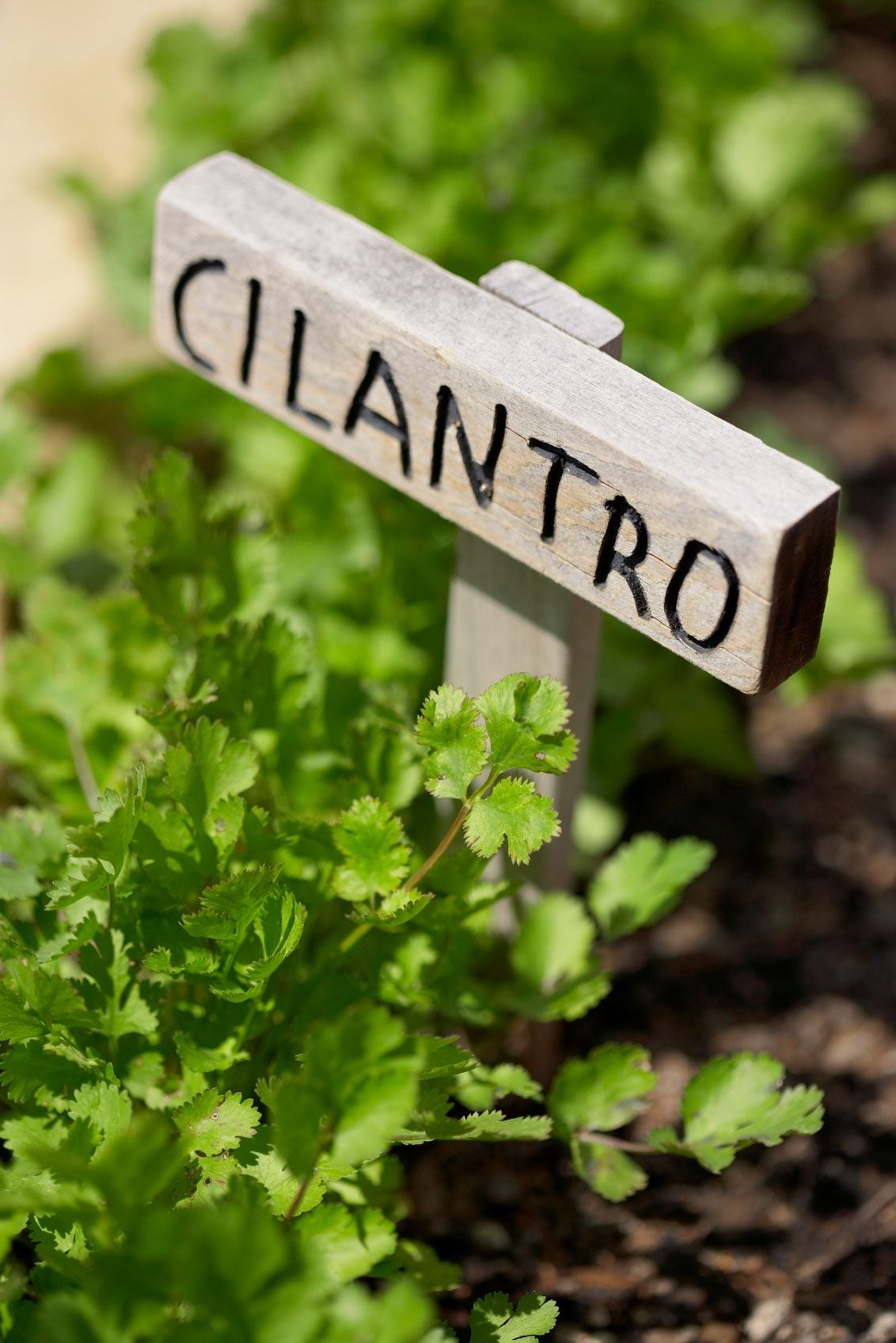
What Is Cilantro And How Do You Care For It
Cilantro has a complicated relationship with the human palate .Some say it tastes like soap, while others think it adds a citrus freshness to foods. Either way, the cilantro plant is easy to grow from seed and thrives in the warm months of summer. The annual herb features prominently in many cuisines such as Latin, Middle Eastern, and Caribbean.
QUICK FACTS:
- Botanical name- Coriandrum sativum
- Height-18 inches
- Spread- 18 inches
- Sun exposure- Full
- Soil requirements- Well draining pH of 6.5
- Hardiness zones- USDA 4-10
- When to plant- Spring
What Is Cilantro?
Cilantro leaves resemble European flat leaf parsley for which it’s often mistaken. The leaves are the part of the cilantro plant used in culinary applications. It can grow up to 18 inches (46 cm) tall with flower stems twice as high and a spread similar to the height.
Cilantro is known to bolt, producing flowers when temperatures get too hot. The tiny white blooms become hard, roundish seeds that are known as coriander. The seeds can be toasted and/or ground and are also considered a valuable spice.
After blooming, cilantro’s leaves become bitter and are not as useful in cooking. Cilantro is one of the oldest known herbs, with seed found in Egyptian pyramids. It is best used fresh since the dried herb loses much of its scent and flavor.
How is Cilantro Used?
Annual herbs are an important part of seasonal cooking. They may be dried but their most intense flavor comes when they’re fresh. Coriandrum sativum, or cilantro, has a strong flavor and scent which it imparts to many types of foods, but especially spicy recipes.
Cilantro’s leafy greens are referred to as Chinese parsley, while the seed is coriander. The scientific name comes from the Greek ‘koris’, meaning bu or gnat. This may be referencing the strangely appealing odor the plant emits.
How to Grow Cilantro
Cilantro is usually grown from hard, round, little seeds. These germinate within a couple of weeks and the plant grows rapidly. Plant the seed ½ inch (1.27 cm) deep in prepared soil. Cilantro is a cool season crop which will bolt when temperatures get hot. This is fine if you wish to harvest the coriander seed.
Gardening tips, videos, info and more delivered right to your inbox!
Sign up for the Gardening Know How newsletter today and receive a free copy of our e-book "How to Grow Delicious Tomatoes".
Wondering how to grow cilantro from stems? The cuttings from a cilantro plant will root in water much like basil cuttings. Pull the lowest leaves off the stem and insert the cut end into water. Change the water every few days. When the cutting has roots, plant in a container with potting soil.
Soil
Coriander is hardy to USDA zones 4-10, but the plant is annual in any region. The soil should be organic, rich, well draining, and in a sunny location with a bit of protection from noonday sun. Prior to planting incorporate up to 4 inches (10.16 cm) of compost or other organic amendment into the top 6 inches (15.24 cm). of the soil. Most common garden soil is suitable for growing cilantro provided it has a pH of around 6.5. The plant should be started early in spring, as soon as soil is workable, in order to mature and produce leaves before it bolts in summer.
Water
All plants need water and cilantro is no exception. The plants need consistent, even moisture during the growing season. Mature plants in full sun tend to dry out more quickly and need water weekly. Water deeply and allow the soil to dry a bit before watering again. Cilantro grows well in containers but has a deep taproot, so the container should be sufficiently deep to accommodate this. Container bound plants tend to dry out more quickly than those in the ground and will need more frequent moisture.
Fertilizer
Cilantro doesn’t really need fertilizing as long as the soil has sufficient organic matter. In container situations, use a water soluble, diluted plant food at every other watering. A food with a high nitrogen ratio is preferable,such as 12-4-8. A time release formula is also an excellent option.
Sun
Cilantro needs full sun for best growth. Plants in lower light will get leggy and fail to produce enough tasty leaves. If the goal is to produce coriander, plants must be in full sun to set blooms and seed. Cilantro can be grown indoors in containers in a southern or western facing window.
Problems
Bolting is the biggest problem with cilantro because it affects the flavor of the leaves. Young plants are susceptible to damping off and the frequent visits of sap sucking leafhoppers could cause the plant to develop Aster’s yellow disease. In this case, the flowers and leaves yellow and the plant becomes sterile. Cilantro is also susceptible to leaf spot.
Harvesting Cilantro
Because its flavor and scent diminish considerably after harvest, cilantro is best used fresh. The leaves may be harvested when the plant is 6 inches (15.24 cm) tall. Older plants produce woodier stems and less tasty leaves. For a consistent supply of the leaves, succession plant every few weeks until the heat of summer.
How to store cilantro? Wash and dry the leaves and store them in the refrigerator in a bag for up to a week. Or, set the stems in a glass of water to hold the leaves fresh. Leaves and stems may be chopped up and dried but the flavor is not as intense as the fresh plant matter.
Pruning Cilantro
Cilantro plants need no pruning. Stems and leaves can be cut or pinched off the plant as they are needed. Leggy plants may benefit by pinching back the tall stems. Consistent harvest promotes new plant growth and more tender leaves.
Bolting
Weather is the big driver of bolting in plants. Cilantro is in the carrot family, a group of plants which will also respond to high temperatures by forming flowers and becoming woody, and bitter. There are only a few cultivars of cilantro. Slow Bolting, Calypso, and Leisure are varieties that are excellent to diminish bolting.
How to Store Cilantro
Fresh cilantro leaves may be chopped into dressings or used to finish stir fries and soups. Cooked cilantro is not as impactful, so most cooks add the herb after cooking the dish. Cilantro does not store long, and is best used within a few days of harvesting. Leaves are most commonly used, but the stems may also be eaten. Leaves and stems pureed with citrus, vinegar, salt, pepper, and oil, with some aromatics added will last in the fridge for a couple of weeks. This makes an excellent salad dressing.

Heather Rhoades founded Gardening Know How in 2007. She holds degrees from Cleveland State University and Northern Kentucky University. She is an avid gardener with a passion for community, and is a recipient of the Master Gardeners of Ohio Lifetime Achievement Award.
-
 Terrifically Tubular Flowers For Hummingbirds: 9 Tube-Flowered Plants To Attract Hummers
Terrifically Tubular Flowers For Hummingbirds: 9 Tube-Flowered Plants To Attract HummersGrowing tubular flowers for hummingbirds helps you create the optimum feeding conditions for your winged friends. Here are nine tubed delights for hummers
By Tonya Barnett
-
 How To Grow Hydroponic Tomatoes For Fresh Indoor Harvests – No Soil Required
How To Grow Hydroponic Tomatoes For Fresh Indoor Harvests – No Soil RequiredLearning how to grow tomatoes in water is easy and allows you to harvest fresh-home-grown produce in every season without any mess.
By Ellen Wells
-
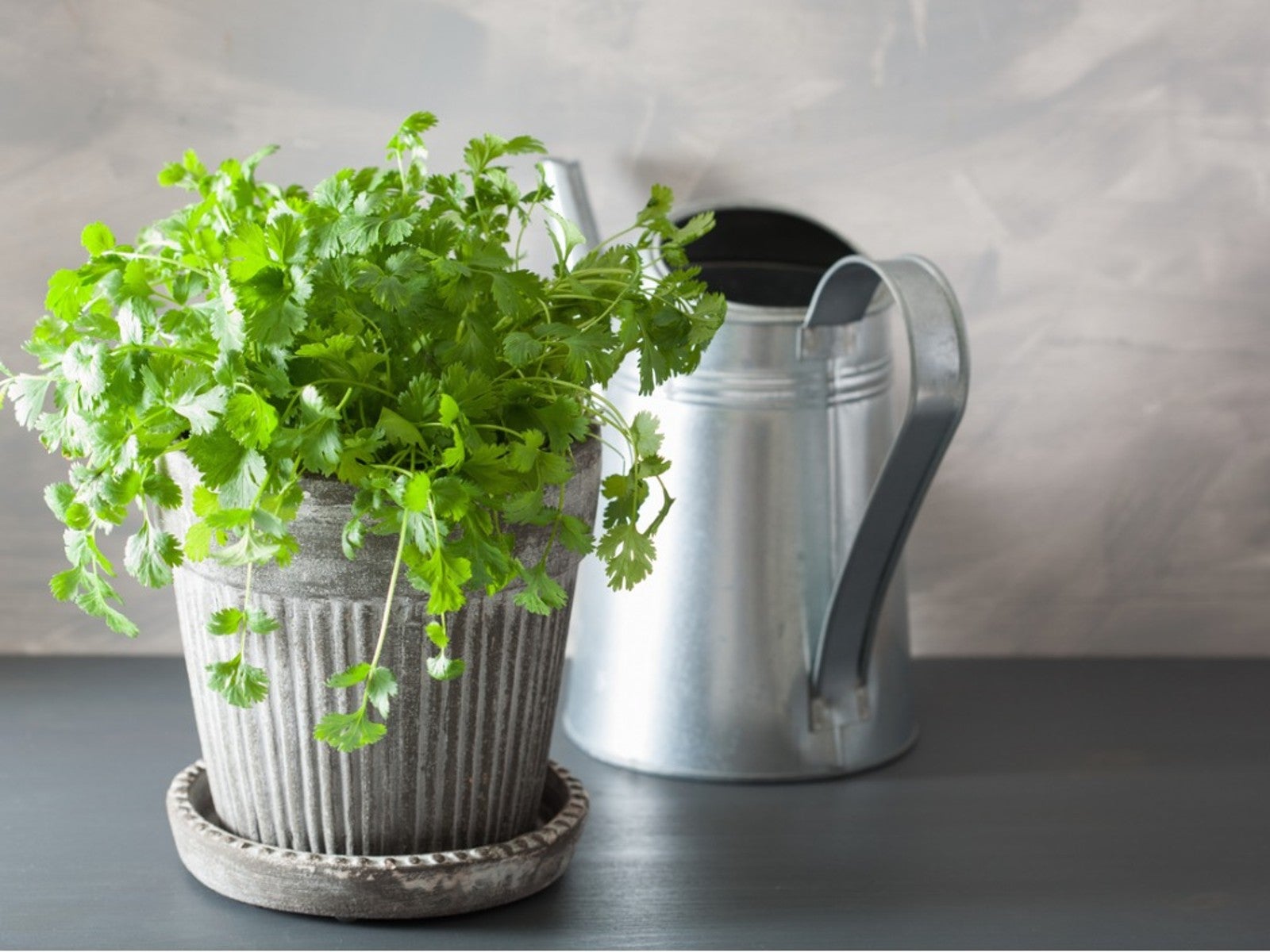 Propagate Cilantro: How To Grow Cilantro From Cuttings And Seed
Propagate Cilantro: How To Grow Cilantro From Cuttings And SeedIf you know how to propagate cilantro, you can keep this tasty herb going throughout the season and beyond. Click here for info on propagating cilantro.
By Mary Ellen Ellis
-
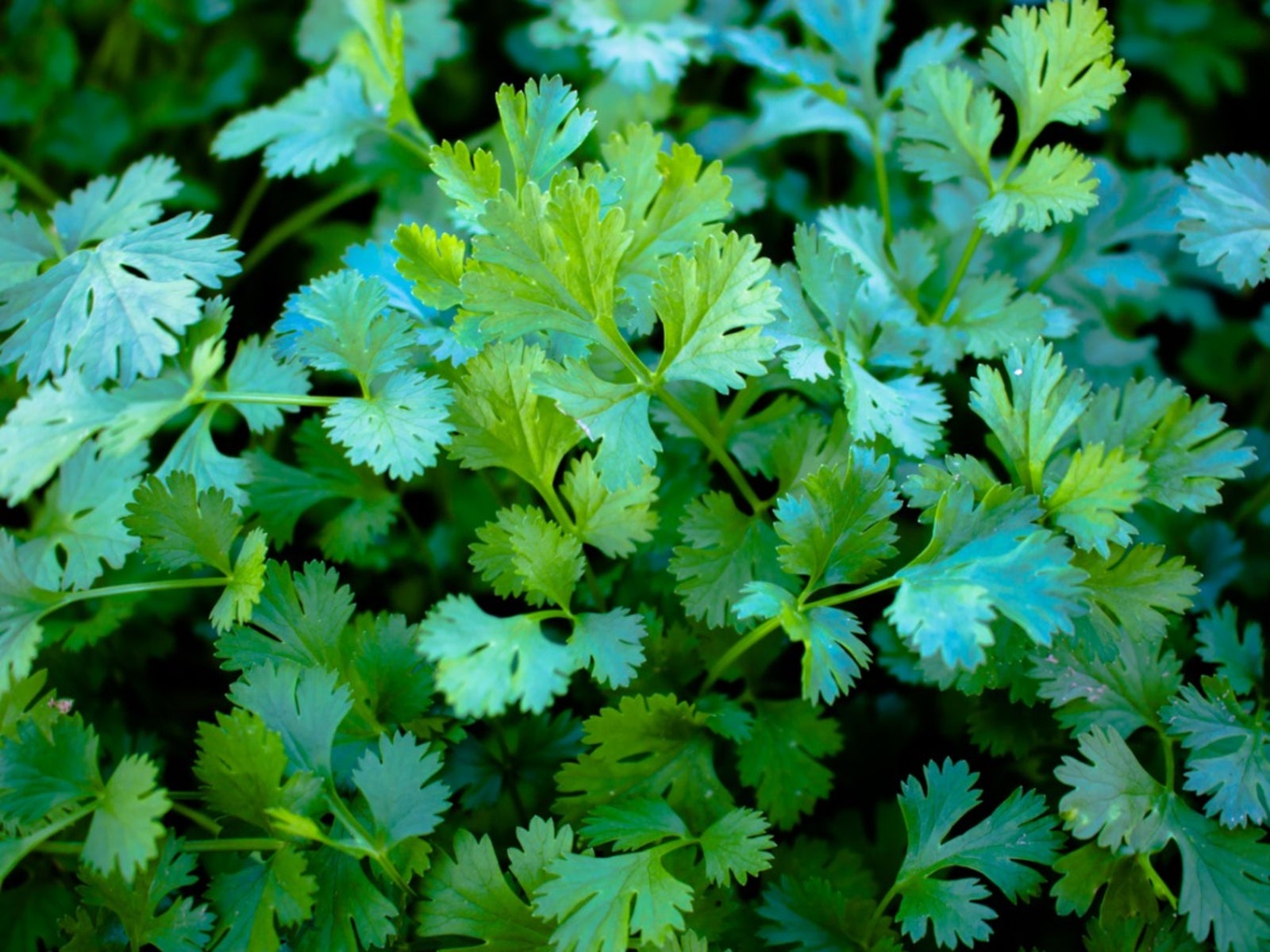 Cilantro Has White Coating On Leaves: Managing Cilantro With Powdery Mildew
Cilantro Has White Coating On Leaves: Managing Cilantro With Powdery MildewPeriods of high humidity, overhead watering and overcrowded plants are likely to lead to powdery mildew on cilantro and many other plants. Learn what to do to control and, if possible, prevent the disease. This article will help get you started.
By Bonnie L. Grant
-
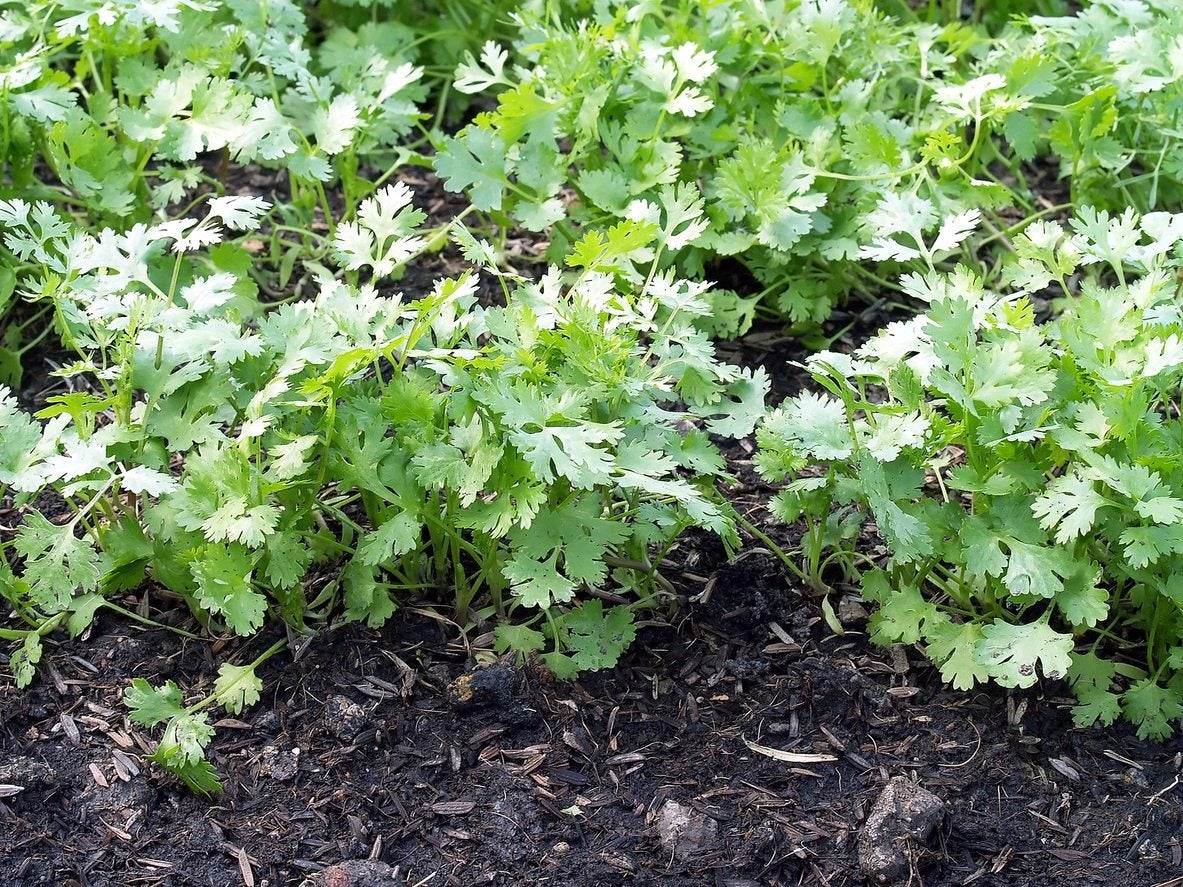 Cilantro Leaf Spot Control: Tips For Managing Cilantro With Leaf Spots
Cilantro Leaf Spot Control: Tips For Managing Cilantro With Leaf SpotsHelp, my cilantro leaves have spots! What is cilantro leaf spot and how do I get rid of it? Sound familiar? We can help. Click the following article for tips and information on managing leaf spot in cilantro plants.
By Mary H. Dyer
-
 Soapy Tasting Cilantro: Why Cilantro Tastes Soapy
Soapy Tasting Cilantro: Why Cilantro Tastes SoapyYou either love cilantro?s flavor or you hate it - with many people saying that cilantro tastes like soap. So the question is, does your cilantro taste like soap and, if so, what are the reasons why cilantro tastes soapy? Learn the answer here.
By Amy Grant
-
 Information On Growing Coriander Seeds
Information On Growing Coriander SeedsChances are pretty good that if you have ever grown cilantro you ended up with coriander seeds at some point. Coriander is the fruit or seed from the cilantro plant. Click here to learn more.
By Bonnie L. Grant
-
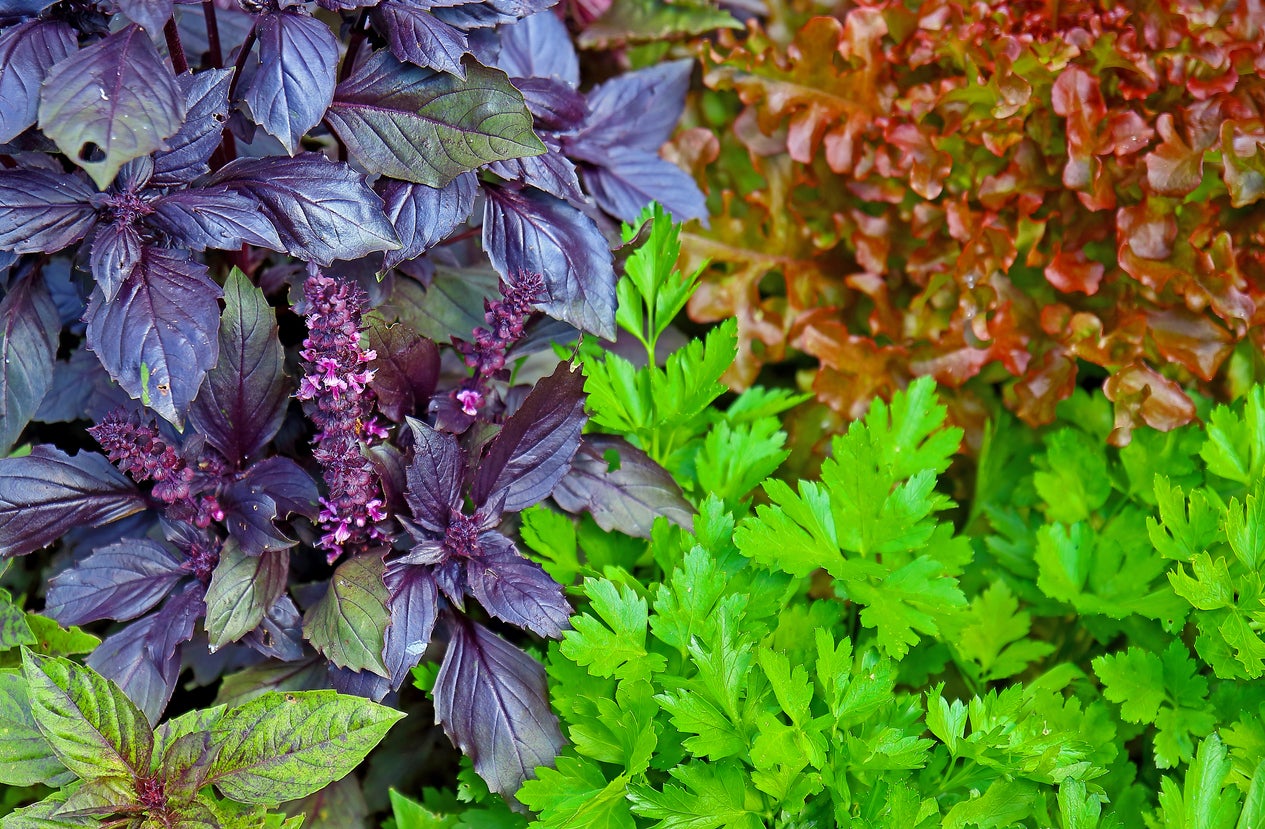 Companion Planting With Cilantro - What Is Cilantro A Companion Plant Of?
Companion Planting With Cilantro - What Is Cilantro A Companion Plant Of?You may be familiar with cilantro as a pungent herb that flavors salsa or pico de gallo. Cilantro, as a companion plant in the garden, is an excellent means of attracting beneficial insects. Learn more here.
By Becca Badgett
-
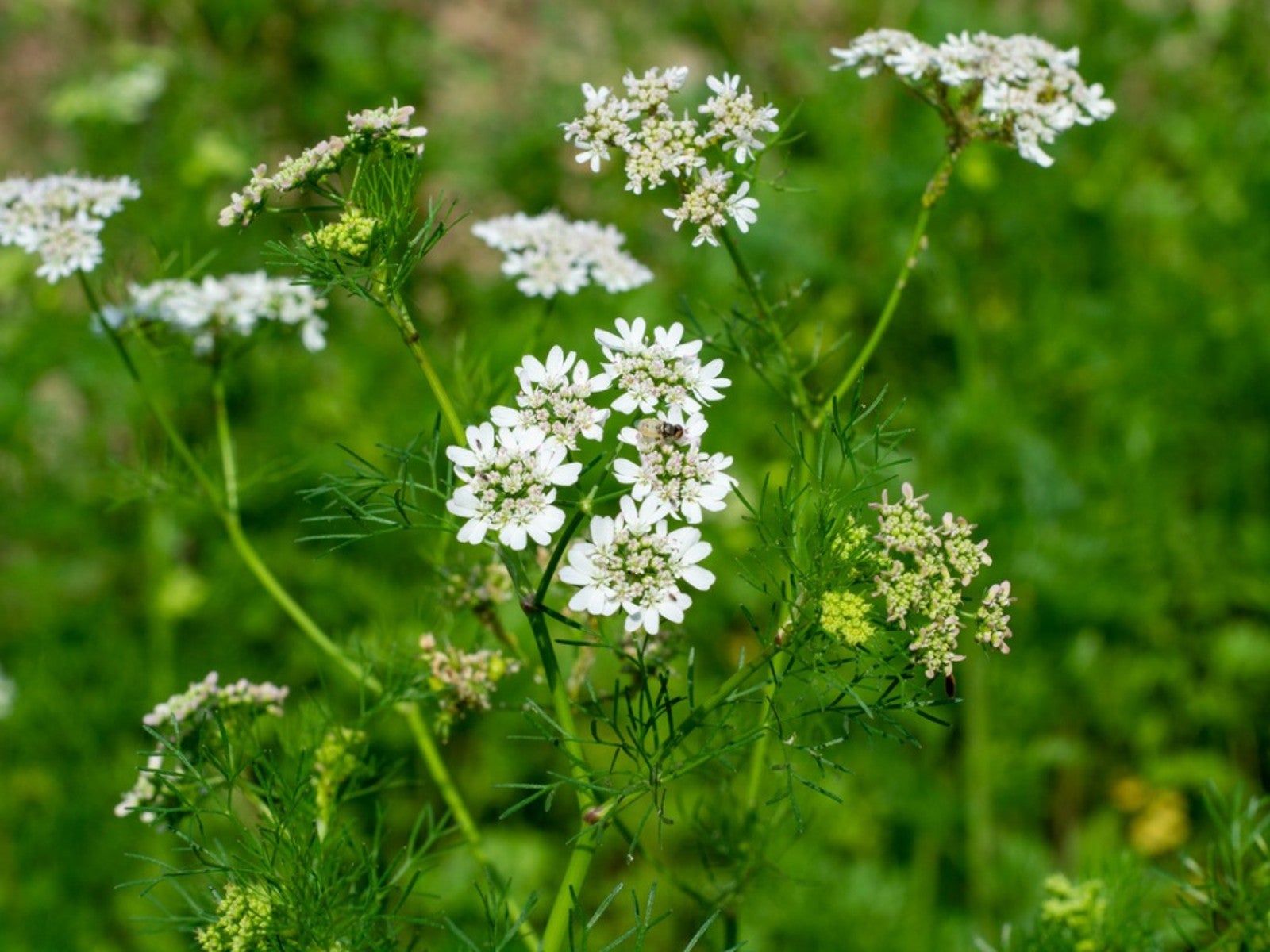 Bolting Cilantro - Why Does Cilantro Bolt And How To Stop It
Bolting Cilantro - Why Does Cilantro Bolt And How To Stop ItCilantro always bolts eventually, but here are some tips about getting the best from this delicious herb and how to keep it going.
By Heather Rhoades
-
 How To Grow Cilantro Indoors: Complete Care & Growing Guide
How To Grow Cilantro Indoors: Complete Care & Growing GuideLearning how to grow cilantro indoors will keep this delightfully tasty herb at your fingertips in the kitchen.
By Mary Ellen Ellis
